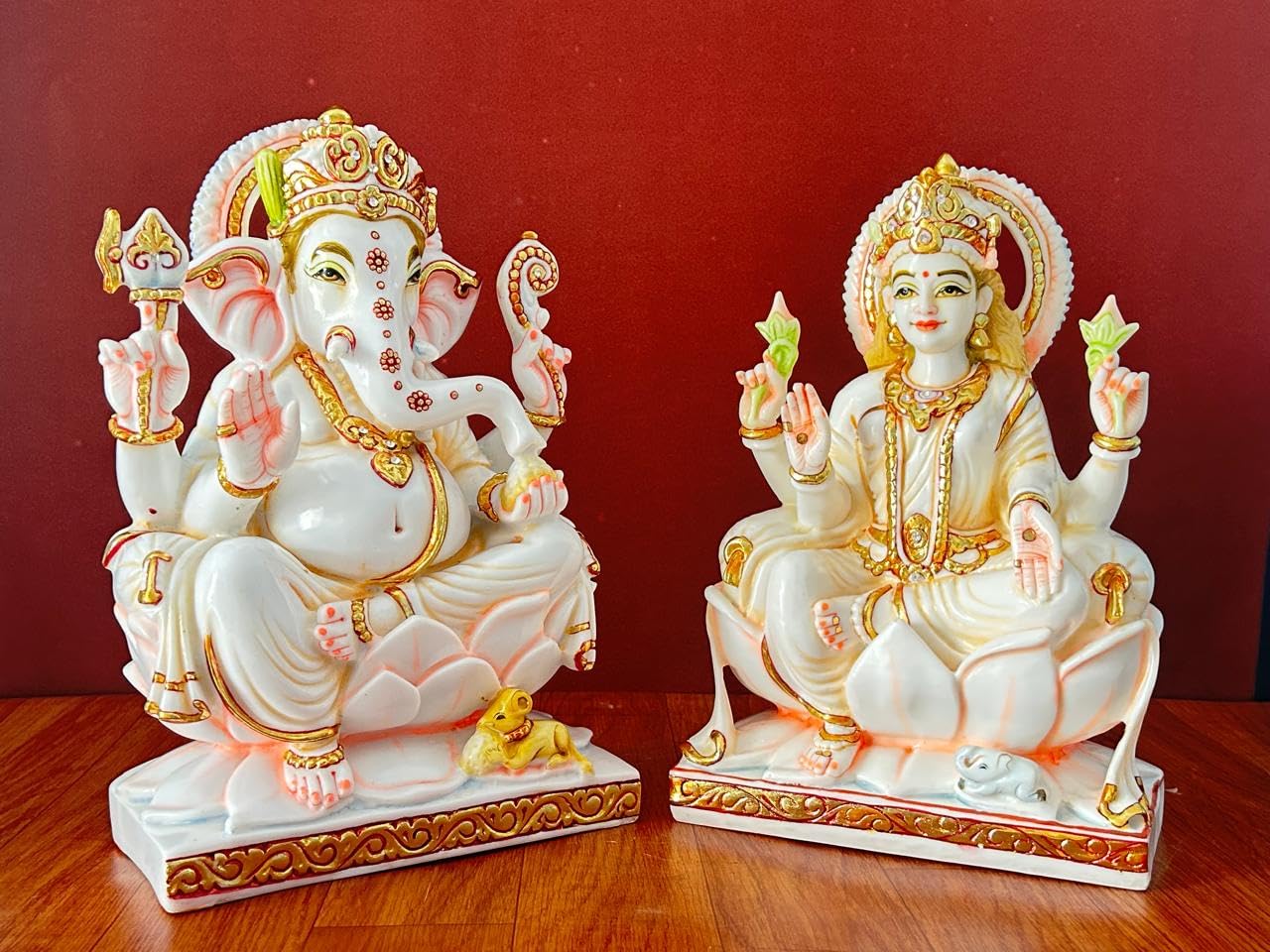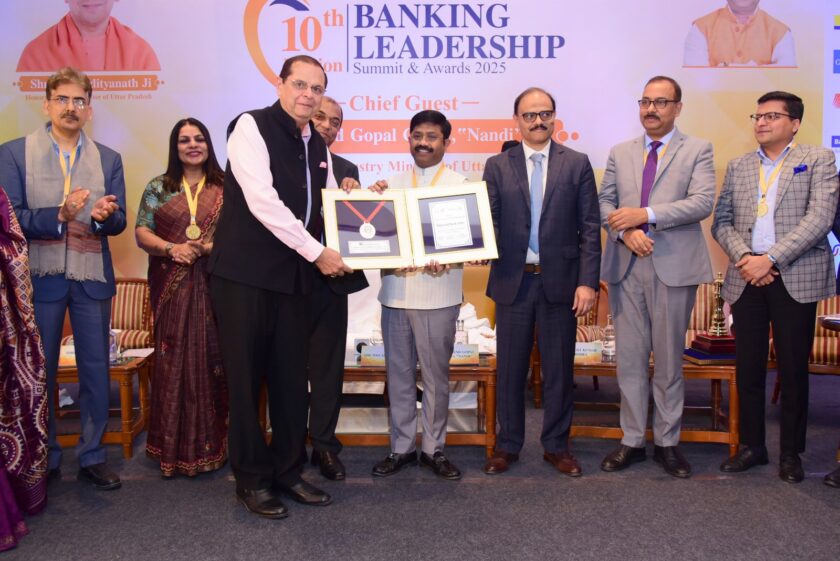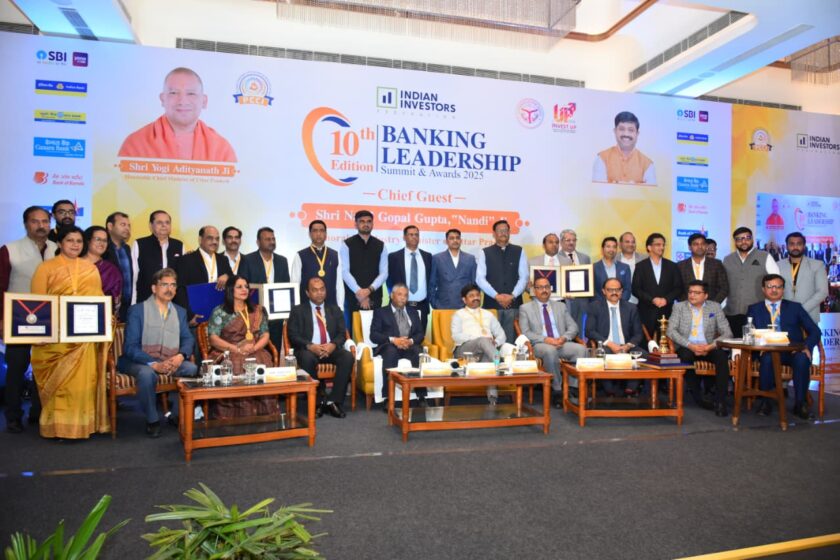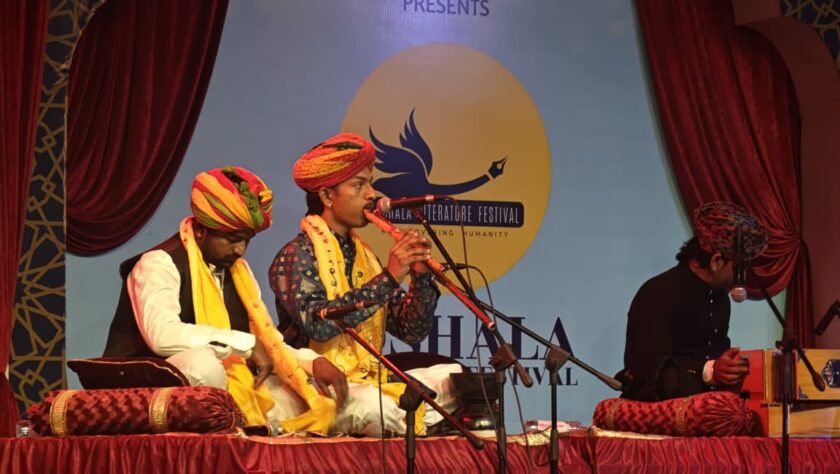Lucknow: In the flickering glow of diyas and the crackle of fireworks, Diwali transforms India into a living canvas of light, devotion, and renewal. Across cities and villages, families gather to worship Lakshmi, the goddess of prosperity, placing her clay idols at the center of their rituals. These serene figures, with gentle smiles and intricately painted saris, embody the festival’s promise of abundance.
But behind this divine imagery lies a quieter, harsher reality—the world of the idol makers, or kumhars, whose hands birth these symbols of hope. For them, Diwali is not merely a celebration. It is a season of high stakes, where months of labour collide with economic uncertainty, environmental pressure, and fading tradition. As the festival unfolds, their silent struggles reveal a poignant irony: the icons of light are crafted in darkness.
Kumartuli: Where the Gods Are Born, and Artisans Fade
The heart of this craft beats in places like Kumartuli in Kolkata, a labyrinth of narrow alleys where the scent of wet clay mingles with paint and sweat. Though famed for Durga Puja idols, the artisans pivot with ease to Lakshmi and Ganesha figures for Diwali, shaping seasonal demand with centuries-old precision.
Over 150 families here sustain a legacy dating back to the 18th century, when British landlords resettled potters along the Hooghly to supply idols for colonial festivities. Today, this historic craft village is squeezed by skyscrapers, rising rents, and the slow erasure of heritage.
Monsoon rains bleed into the early preparation season. Half-formed idols lie under tarpaulin sheets like sleeping giants, vulnerable to the sky. Skilled hands are fewer each year—many young workers migrate to factories or delivery jobs, lured by steadier wages. Workshops echo with the grinding of clay, but also with absence.
The Economics of Survival
Financial precarity shadows every stroke of the sculptor’s hand. Raw materials—bamboo, straw, clay, paints—have surged in cost post-pandemic, yet idol prices barely inch upward. Competition from mass-produced factory idols and Chinese imports forces artisans to undersell their craft.
“A set of idols that sold for ₹80,000 in 2019 should now be at least ₹1.2 to 1.5 lakh,” says Indrajit Pal, a veteran sculptor whose artistry travels to the UK and US. “But buyers won’t pay more. Overseas orders don’t even cover shipping.”
At the local level, pandals choose smaller, cheaper idols. Large commissions gather dust. Bengaluru’s once-bustling hubs like Malleswaram still feel the aftershock of a 75% fall in business during past crises—an economic wound that never healed.
Kosapet, Chennai: The Clay Village Losing Its Shape
In Kosapet, Chennai, once known as Koyavanpettai (clay artisan village), the decline is even steeper. For over 50 years, 450 families crafted Ganesha and Lakshmi idols that travelled across South India. Today, shopping malls and apartment blocks sit where kilns once roared.
“We stopped making big idols,” says S. Nagarajan, his voice steady but tired. “There’s too much gap between making cost and selling price.”
Clay now arrives from Villupuram or Andhra Pradesh at inflated rates. The final idol often sells at a loss. On Diwali eve, buyers come late and bargain hard. After the festival, unsold idols sit like ghosts—silent reminders of debt.
Environmental scrutiny of immersion rituals adds fresh pressure. The irony is sharp: the festival demands idols, but the system punishes their existence.
Uttar Pradesh: Two Realities, One Struggle
In Prayagraj, a ray of hope emerges. Boycotts of Chinese imports and calls for swadeshi goods have boosted demand. Potters work round-the-clock, their wheels spinning with purpose. Yet earnings remain meagre—₹200-300 a day outside peak months. Long hours in smoke-filled kilns lead to respiratory illnesses and back injuries. Safety nets are nonexistent.
In Lucknow, the story is harsher. Once a thriving hub—rooted in the migration of potters from Kannauj in the 19th century—the craft now teeters. In Chinhat and Saadatganj, the spin of the wheel is faint, drowned by the hum of machines.
Here, artisans from the Prajapati community specialize in durable terracotta Lakshmi-Ganesha pairs, used year-round. They range from ₹25 miniatures to ₹18,000 showpieces. But the math doesn’t add up.
“Demand is rising for local UP idols,” says Abhishek Prajapati from Khajua, “but clay prices are soaring due to erratic monsoons, and Rajasthan idols dominate the market.”
In Saadatganj, tiny shops overflow with half-finished figures. Last-minute buyers arrive, but large orders—once the backbone of the season—have fallen by 30-40%.
“Even with boycott appeals, people hesitate,” says Sanjay Prajapati from Chinhat. “Pandals have shrunk. Pandemic fear still lingers.”
This year, bamboo and hay arrived late, forcing many to scale idols from 9 feet to 2 feet. Each artisan lost up to ₹2 lakh.

Urban Erosion and Invisible Pain
Chinhat, once a famous pottery village, has been swallowed by concrete. Kumhars are pushed to city edges. In Saadatganj, Rahul Rajpoot’s family has sculpted since the 1930s. “In 90 years, we’ve never seen such decline,” he says. “Chinese lights, plastic idols, electronic diyas… everything replaces us.”
With poor ventilation and no protective gear, health risks are brutal. Dust, smoke, paints—all poison the body. There is no insurance, no social security. Only endurance.
Municipal eco-immersion drives, while environmentally sound, demand sustainable materials that require expensive innovation but offer no financial support. Clay mixed with cow dung, silver powder, or natural dyes takes longer and costs more. The market refuses to pay extra.
Vendors & Migrants: The Other Side of the Chain
Even resellers feel the pinch. Himanshu Saini, a Lucknow vendor, buys idols at ₹50-60 and sells for ₹60-80—a margin as fragile as dried clay. “Diwali is our only boom. But footfall shrinks every year.”
For migrant workers like Alam, 30, who travels to the city annually, the gamble is heartbreaking. “I invested ₹80,000 this year,” he whispers. “I earned ₹8,000. My children are hungry.”
Odisha: The Flame Keepers of Diya Culture
In Kendrapada, Odisha, diya makers mirror the struggle. “My entire family kneads clay and shapes lamps,” says Samarendra Behera, 52. “Diwali keeps us alive.”
But the youth are leaving. The humble earthen lamp—a symbol of Diwali’s light—may soon fade with them.
The Green Mandate: Salvation or Strain?
Across India, environmental regulations grow stricter. Bans on Plaster of Paris and synthetic colors protect rivers, but corner small artisans with no subsidies or training.

In Kolkata, the National Green Tribunal’s guidelines have halved orders for non-compliant idols. Artisans must invest again in natural materials. There is no guarantee of sales.
Accidents are frequent. Heavy idols topple. Bones break. Medical bills are paid by community entry-fee donations—collected from tourists taking selfies.

Women in the Shadows, Sculpting the Divine
In a male-dominated craft, women fight silent battles. In Kumartuli, Kakoli Pal and China Paul defy tradition, sculpting in dim rooms between cooking, cleaning, and childcare.
“All my idols used to sell out a month before Puja. This year, many are still lying here,” Kakoli says, exhaustion in her eyes.
China left school at 16 to join her father’s studio—against his wishes. Today, she mentors girls, but the numbers speak volumes: over 3 lakh people in the industry, only 5-6 major women artisans in Kumartuli.
In Lucknow, women like Babita paint diyas in cramped homes. “After Diwali, we make toys, or matkas, or kebabs—whatever keeps the kitchen running,” she says. The flexibility of gig work is survival, not choice.
New-Age Gig Economy, Same Old Exploitation
The idol maker’s plight echoes the modern gig worker. Like delivery boys who sacrifice Diwali nights for ₹20 per order, artisans skip festivals to fulfill others’ joy.
In a viral 2025 video, 20-year-old Pawan described delivering food while firecrackers burst overhead. Idol makers watched and saw themselves—overworked, underpaid, unseen.
Influencers flood their lanes, posing with half-dried idols, sometimes breaking delicate hands or crowns. “They give us fame,” says one painter, “but we cannot eat fame.”
The Kumartuli Mrit Shilpi Samiti now bans influencers from September 21 onward. A quiet rebellion for dignity.
Resilience in the Clay
Yet, amid exhaustion, creativity blooms.
Artisans experiment with:
-
Recycled materials
-
Eco-friendly dyes
-
Fibreglass for exports
-
Themed idols and custom installations
In Delhi, Bengali migrants recreate Kumartuli in tiny sheds. “Back in Bengal, too many artisans. Here, we get better money,” says Rajbongshi, wiping sweat. “But leaving home is painful.”
“Making a goddess takes stamina, patience, and heart,” adds Montu Pal. “People see the beauty. They don’t see the sacrifice.”
In Lucknow, Ida Ali, 50, persists. “Nothing has changed in 15 years. Prices of idols and diyas remain the same. Only our struggles grow.”
Yet his terracotta sets travel to Gorakhpur and beyond. This year alone, truckloads worth ₹10 crore left Uttar Pradesh, a fragile hint of resurgence.
The Festival of Light, Made in Darkness
As Diwali 2025 dawns, idol makers light no personal lamps. Their workshops glow instead—filled with the gods they create, but cannot afford to worship.
In a festival meant to celebrate the triumph of light over darkness, their stories urge us to redefine light.
True illumination is not in fireworks or lanterns.
It is in the hands that shape tradition.
It is in the resilience of those who craft belief.
It is in our willingness to honour them.
Supporting them—by buying local, paying fair prices, and demanding policy support—can turn their silent struggles into shared celebration.
For in honoring their labour,
we honour the very soul of Diwali.





